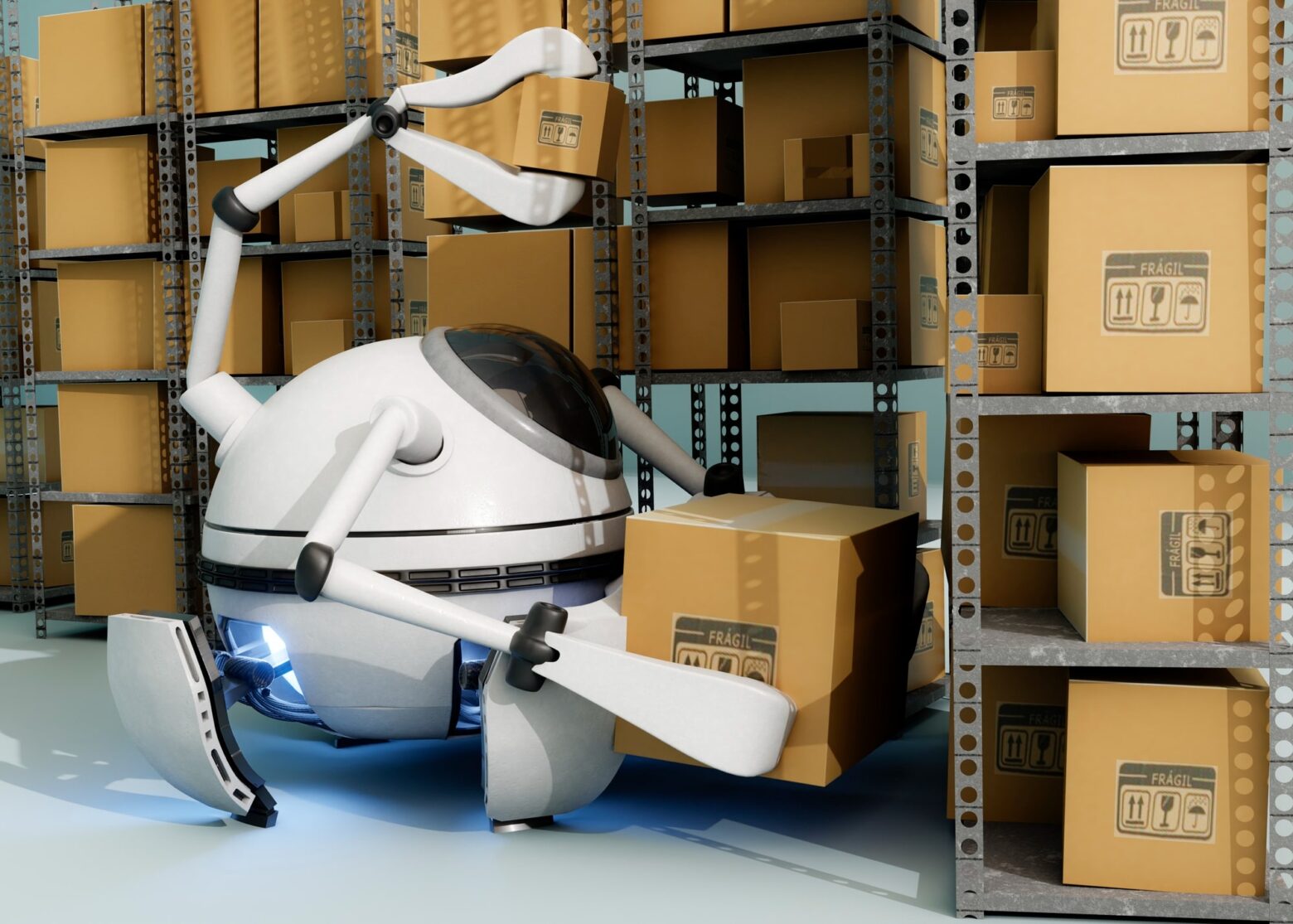Robotics has become a major innovation in the fast-evolving landscape of logistics, supply chain management, and warehouse operations. Warehouses face increasing pressure to increase efficiency and productivity due to the rapid growth of e-commerce and rising customer expectations. Robotics offers an effective solution to these challenges. This article explores the top benefits of using robotics to manage warehouses and highlights how these systems are changing the industry.
Increased Productivity And Efficiency
Warehouse robotics management can dramatically improve efficiency and productivity. Robots are designed to do repetitive jobs precisely and effectively. This reduces the amount of time it takes for certain operations. AGVs and AMRs can pick and move goods without human assistance. Warehouses can handle larger volumes of orders and inventory without compromising accuracy or speed.
Faster Order Fulfillment
Robots are able to speed up order fulfilment. Picking and packing by hand is a time-consuming process that can lead to mistakes. Robotic systems are able to quickly find and retrieve items on shelves. They can also process and dispatch orders more quickly. This speed is crucial to meeting the needs of customers who expect same-day or even next-day delivery.
Improved Accuracy And Fewer Errors
In manual warehouse operations, human error is inevitable. This leads to misplaced products, incorrect orders and inventory discrepancies. Robotics mitigates this problem by delivering precise and consistent results. Automated system use sophisticated sensors and cameras to identify and handle the products accurately.
Inventory Management
Robotics improves inventory management with real-time data. Automated inventory management systems can monitor and track stock levels continuously, as well as the movement of goods. They also update records in real time without human involvement. This level of accuracy prevents stockouts, excess inventory, and other problems related to inventory, allowing better demand forecasting.
Ergonomics And Safety Are Improved
The warehouse environment can be dangerous, as workers are required to lift heavy items, operate machinery and navigate around crowded areas. By reducing the amount of time that humans are required to do physically or hazardous tasks, robotics in warehouse management improves workplace safety. Robots are useful for handling dangerous chemicals, heavy lifting, and repetitive tasks. As a result, fewer accidents happen at work.
Ergonomic benefits
Robots, by taking over physically taxing tasks in the warehouse, also help to improve ergonomics. This shift allows warehouse staff to focus on strategic, less physically-demanding tasks. This results in increased job satisfaction as well as reduced absenteeism because of injury or fatigue.
Scalability and Flexibility
Robotic systems are a great way to increase flexibility and scale in your warehouse. As business grows and inventory volume fluctuates, robotic solutions are easily scalable up or down in order to meet demand. For instance, to accommodate the higher amount of orders during peak hours, additional robots could be required. These can then be reallocated, or even reduced, during slower times.
Adaptability
Modern robotic systems adapt to changing workflows and warehouse layouts. AMRs and AGVs, unlike traditional fixed-system automation, can be reprogrammed, reconfigured, or modified to accommodate new products or requirements. This flexibility allows warehouses to respond quickly to changes in the market and changing customer needs.
Cost Savings And ROI
Although the initial investment into robotics can be large, the long-term savings and return on the investment (ROI) are very compelling. Automation lowers labour costs through the reduction of manual labour for repetitive and low-value tasks. The increased accuracy and efficiency provided by robots also lead to lower operating costs, less waste and fewer returns resulting from order errors.
Energy Efficiency
Robotic systems often use less energy than traditional warehouse equipment. Many robots today are designed to run on very little power, reducing energy consumption. This efficiency lowers costs and contributes to a reduced carbon footprint.
Improved Customer Satisfaction
The implementation of robotics for warehouse management ultimately leads to improved customer satisfaction. The faster processing of orders, improved accuracy, and reliable inventory management will ensure that your customers get their orders on time and in perfect shape. Customers are loyal and will return to a company that has met and exceeded their expectations.
Conclusion
Robotics integration in warehouse management can have a number of benefits, which will transform your business and improve efficiency. Robotic systems are changing the way warehouses function. From increased productivity and efficiency to enhanced accuracy, safety, customer satisfaction and improved safety, they have changed how warehouses operate. The adoption of robotics for warehousing is becoming more important as technology continues to progress. This will help businesses stay competitive in today’s fast-paced world. Robotics allows warehouses to achieve higher levels of performance, scalability and profitability.
Get the latest scoop and updates on internalinsider.com










